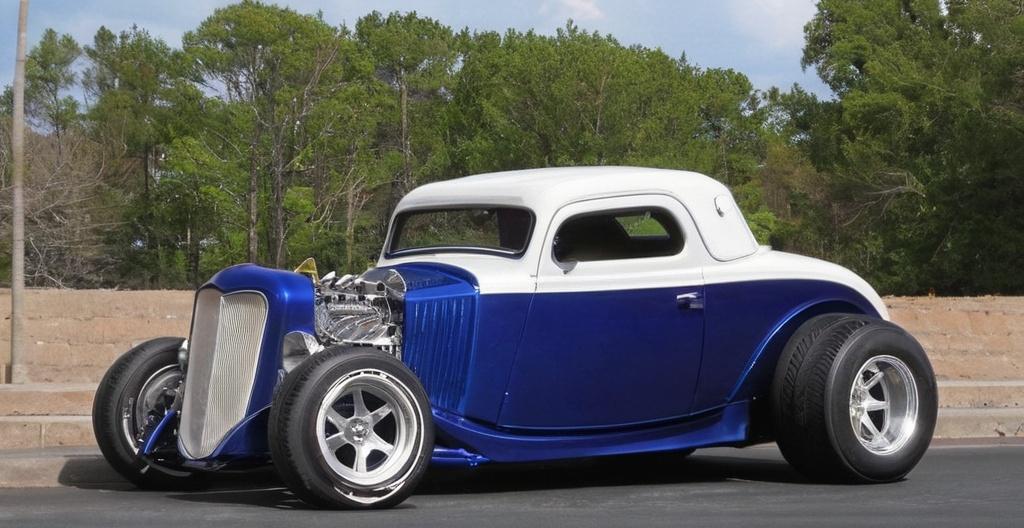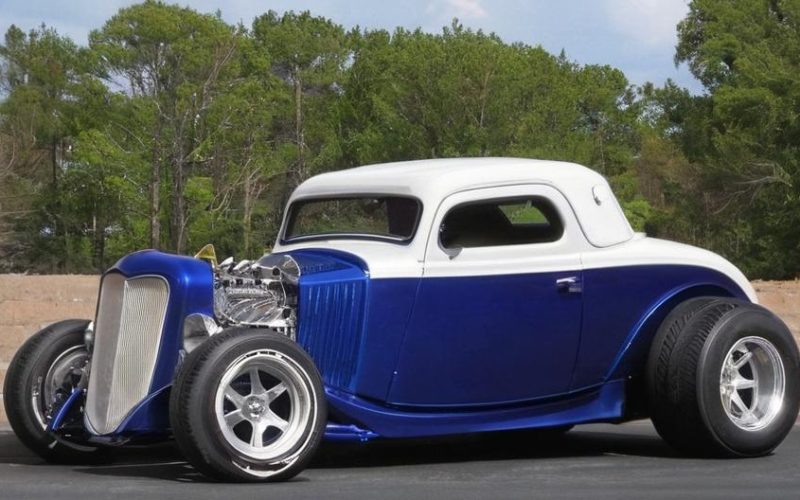Key Take Aways About The Role of Magazines in Popularizing Street Rodding
- Street rodding emerged in the mid-20th century, focusing on personalizing pre-1949 cars.
- Magazines like “Hot Rod” and “Rod & Custom” were pivotal in popularizing and sustaining the hobby.
- Magazines provided technical guidance, features, and humor, fostering a community.
- They were both passion projects and business ventures, attracting advertisers targeting enthusiasts.
- Street rodding magazines evolved with time, transitioning from print to digital formats.
- Personal stories highlighted amateur projects, retaining the communal essence of the culture.
- Despite digital advances, street rodding magazines maintain nostalgic and inspirational value.

The Rise of Street Rodding
Street rodding, a branch of car customization, caught on like wildfire in the mid-20th century. It wasn’t just about making cars faster; it was about personalizing them, showcasing individuality on wheels. Enthusiasts often modified pre-1949 model cars, giving old jalopies a new lease on life. They suped up engines, tweaked suspensions, and revamped exteriors to craft unique rides. It was like Pimp My Ride but decades earlier and with a little more elbow grease.
Magazines as Catalysts
When talking about street rodding, we can’t ignore the role of magazines. They played the hype-man, putting the spotlight on this niche hobby. Picture it: a time before Instagram, Facebook, or TikTok. Enthusiasts didn’t have the luxury of going viral with a click. Instead, they relied on print. Magazines like “Hot Rod” and “Rod & Custom” were their portals to fame. These publications shared stories, showcased cars, and provided tips. In effect, they became the go-to source for all things street rodding.
Content and Influence
Magazines offered more than just pretty pictures of souped-up cars. They were filled with articles detailing the nuts and bolts of street rodding. Imagine trying to figure out how to swap an engine or install a new carburetor without a YouTube tutorial. That’s where these magazines came in. They featured guides, interviews, and sometimes a pinch of humor. Yes, even gearheads need a laugh now and then.
Networking and Community
Before the days of social media groups, magazines helped build a community of rodders. They highlighted events and gatherings, where enthusiasts swapped stories and maybe a little engine grease. Reading stories about other rodders, their successes, and yes, their failures, gave a sense of belonging. It was like a club, just one you joined by buying a magazine each month.
Advertising and the Business Angle
Don’t think for a second that magazines were just passion projects. Oh no, they were businesses too. Advertisers quickly caught on to the fact that rodders were a dedicated audience. From tools to parts suppliers, the ads filled pages. It wasn’t just a hobby; it was a thriving market. Companies knew that if their ad made it in one of these magazines, their sales could shift gears.
Evolution over Time
Street rodding mags have ridden the evolution train themselves. With changes in the industry and technology, so too came changes in the content of these magazines. They went from black and white to color, from paper to digital. The core mission stayed the same: to inform, entertain, and unite a community of car enthusiasts.
Personal Stories from the Pages
Of course, not all street rodding stories came from big names or fancy garages. Many rodders were just average folk with a love for tinkering. Magazines managed to capture this essence through personal stories, showcasing garage endeavors that sometimes rivaled professional builds. And let’s not forget the backyard projects that might’ve been better left in the imagination.
The Shift to Digital
Oh, how times have changed. The digital era has pushed many traditional magazines to transform, offering online content alongside print. Websites, online forums, and social media have taken a slice of the pie. But despite the shift, magazines still hold nostalgic value. For many, there’s a special feeling in flipping through pages, something a screen just can’t replicate.
Conclusion
Street rodding couldn’t have reached its iconic status without the help of magazines. They were and are more than just ink on paper. They told stories, connected people, and inspired generations of car lovers. Even now, with all our digital doo-dads, the essence of what made street rodding magazines great still hangs around like the sweet smell of burning rubber.
